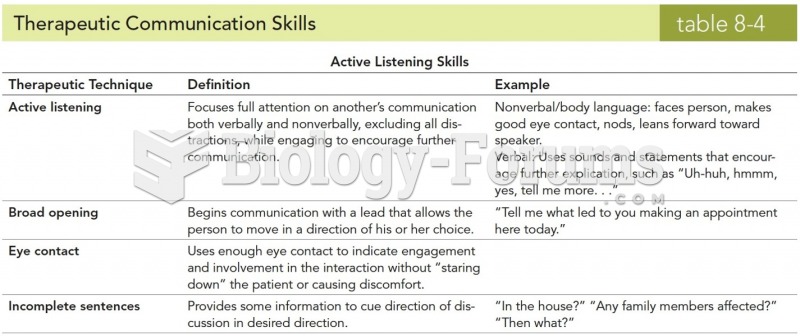Answer to Question 1
Critical thinking is not the set of skills, but rather it is using those skills in the process of making a reflective, purposeful judgment. The intricate interaction of critical thinking skills in real-life problem solving and decision making may begin with an analysis, an interpretation, an inference, or an evaluation. Then, using self-regulation, we may go back and check ourselves for accuracy. On other occasions, we may first draw an inference based on an interpretation and then evaluate our own inference. We may be explaining our reasoning to someone and realize, because we are monitoring our own thinking, that our reasoning is not adequate. This may lead us to recheck our analyses or our inferences to see where we may need to refine our thinking.
Answer to Question 2
I could ask myself questions like these:
What is actually happening as a result of my decision, and is it what I thought would happen?
If my decision was related to a short-term goal, was the goal achieved? Why or why not?
If my decision was related to a mid-range or long-term goal, what evidence can I collect to gauge whether I am still on the path to achieve my goal?
Whom might I consult to get feedback on my decision and the ramifications of my chosen action (or belief)?
If my decision impacts the actions of another person, what can I do to support this relationship?
If I need to make a self-correction, where should I start? Do I have the problem and the priorities right?
Is there new information to consider? Are some options looking better now than before? Was I mistaken about the consequences? Did I act prematurely or delay too long on some aspect of this?
If the situation did not turn out as I had anticipated, how might I rethink this problem, minimize the damage my error may have caused, and make the best out of the position I now find myself in?
Are there some questions that I should have asked, some techniques or methods for information gathering I should have used, some assumptions or expectations that I made which were unfounded, some standards of performance or quality that I failed to apply, and some contextual factors, which I failed to take into consideration?







